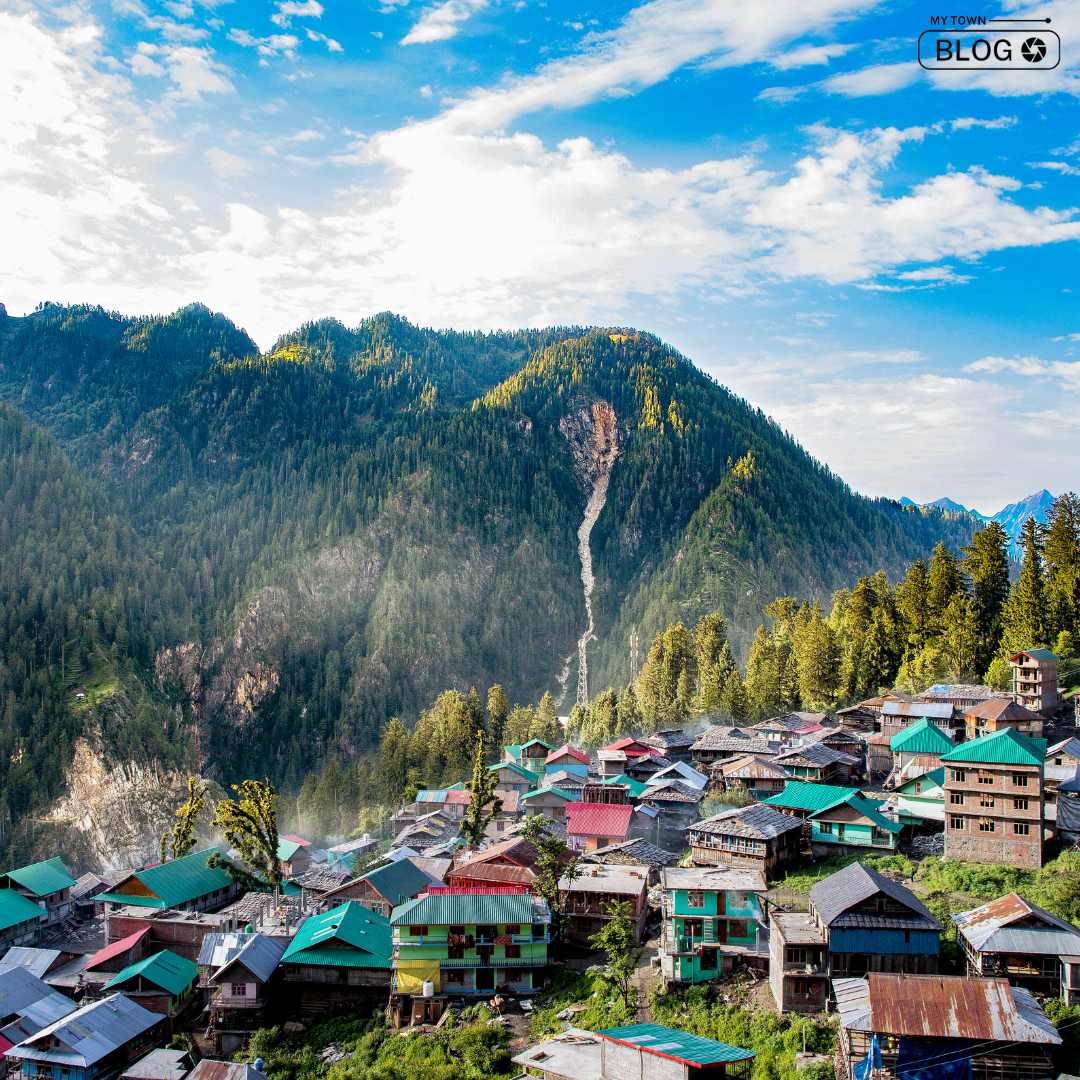Nestled deep in the lush, towering peaks of the Indian Himalayas, Malana Village is the epitome of mystery and cultural intrigue. This remote settlement in the Kullu Valley of Himachal Pradesh has garnered worldwide attention for its unique customs, ancient traditions, and enigmatic heritage.
A Glimpse into History
Malana’s historical roots trace back centuries, with its inhabitants claiming descent from soldiers of Alexander the Great’s army. Legends suggest that these soldiers settled in this secluded valley, establishing their community and cultural practices. Consequently, Malana evolved as a distinct and isolated society, preserving its customs with remarkable tenacity.
The Isolation and Self-Governance
One of the defining aspects of Malana is its isolation. The village is approximately 9,938 feet, accessible only by a strenuous trek through rugged terrains. This geographical seclusion has fostered a sense of autonomy among the villagers, establishing a unique self-governing system.
Malana follows its own set of rules and regulations, known as the “Malana Code.” The villagers, guided by their deity Jamlu Devta, have their judicial system and governance separate from the Indian administrative framework. This autonomy has intrigued anthropologists and travelers alike, making it a subject of fascination and study.
The Enigmatic Malana Cream
Perhaps the most renowned aspect of Malana is its production of high-quality cannabis resin, popularly known as “Malana Cream.” This potent hashish has gained legendary status for its purity and potency, attracting cannabis enthusiasts from around the globe. However, while this has put Malana on the map for some, it has also posed challenges due to its illegal production and distribution.
Cultural Richness and Traditions
The cultural tapestry of Malana is woven with intricate rituals, ceremonies, and social norms. The villagers adhere staunchly to their traditions, maintaining a distinct language (Kanashi), dress, and social hierarchy. Visitors must adhere to specific guidelines to respect the community’s customs and beliefs.
The Jamlu Devta Temple stands as the heart of Malana’s spiritual life. The villagers revere this ancient temple; its rituals dictate many aspects of their daily lives and governance.
Challenges and Preservation Efforts
While Malana’s isolation has preserved its unique identity, it also faces challenges in the modern era. The influx of tourists, environmental concerns, and legal issues regarding the production of cannabis has raised debates about the preservation of its cultural heritage.
Efforts by authorities and local organizations aim to strike a balance between preserving Malana’s heritage and introducing sustainable development. Initiatives focus on responsible tourism, environmental conservation, and providing villagers with avenues for education and livelihood.
Conclusion
Malana Village remains an enigmatic jewel tucked away in the Himalayas, captivating travelers with its cultural richness, storied history, and unique way of life. Its blend of mystery, tradition, and isolation continues to draw curious souls seeking to unravel the secrets and experience the allure of this extraordinary mountain hamlet.
As the world progresses, the delicate balance between preserving Malana’s heritage and embracing change remains a pivotal point for the villagers and those captivated by the mystique of this ancient village.
Frequently Asked Questions About Malana Village
How do I reach Malana Village?
Malana is accessible by road from the nearest town, Kasol. From Kasol, a trek of approximately 4-5 hours is required to reach the village. The route involves rugged terrains and is moderately challenging.
Is Malana safe for tourists?
While Malana is generally safe for tourists, respecting the local customs and traditions is crucial. Visitors are advised to follow the local guidelines and avoid activities that might disrespect the village culture or traditions.
Can tourists buy Malana Cream (cannabis) in the village?
While Malana is known for its cannabis production, it’s essential to note that the sale and consumption of cannabis are illegal in India. It’s strongly advised against attempting to purchase or consume any illegal substances during your visit.
Are there accommodations available in Malana?
There are limited guesthouses and homestays available in Malana for tourists. However, the facilities might be essential, and making arrangements beforehand or staying in nearby towns like Kasol or Manikaran is recommended.
What are the customs or rules visitors need to follow in Malana?
Visitors are expected to adhere to local customs, such as not touching the walls or belongings of the villagers, seeking permission before taking photographs, and refraining from bringing outside food or drinks into the village.
Is photography allowed in Malana?
You can take photographs in the village, but it’s important to ask for permission from the villagers before taking pictures, especially of individuals or inside their homes. Some areas might be off-limits for photography due to cultural or religious reasons.
Can I visit the Jamlu Devta Temple?
The Jamlu Devta Temple welcomes visitors, but it may impose restrictions or reserve certain sections exclusively for locals during specific rituals or ceremonies. Visitors must maintain decorum and respect the sanctity of the temple.
Do they offer any guided tours in Malana?
Local guides might be available in nearby towns who can accompany visitors to Malana and provide insights into the village’s history, culture, and traditions. It’s advisable to inquire beforehand for guided tours.
What are the best times to visit Malana?
The best time to visit Malana is during the summer months, from April to June, and in the early autumn season, from September to October. Weather conditions are more favorable for trekking, and the village is usually accessible during these times.
Can I bring gifts or donations for the villagers?
Though one might appreciate the gesture, it’s best to inquire locally about acceptable gifts or donations, as some items or offerings might not align with the village customs or beliefs. Consulting with local guides or authorities is advisable in such cases.









Im not that much of a internet reader to be honest but your
blogs really nice, keep it up! I’ll go ahead and bookmark your
website to come back later. All the best